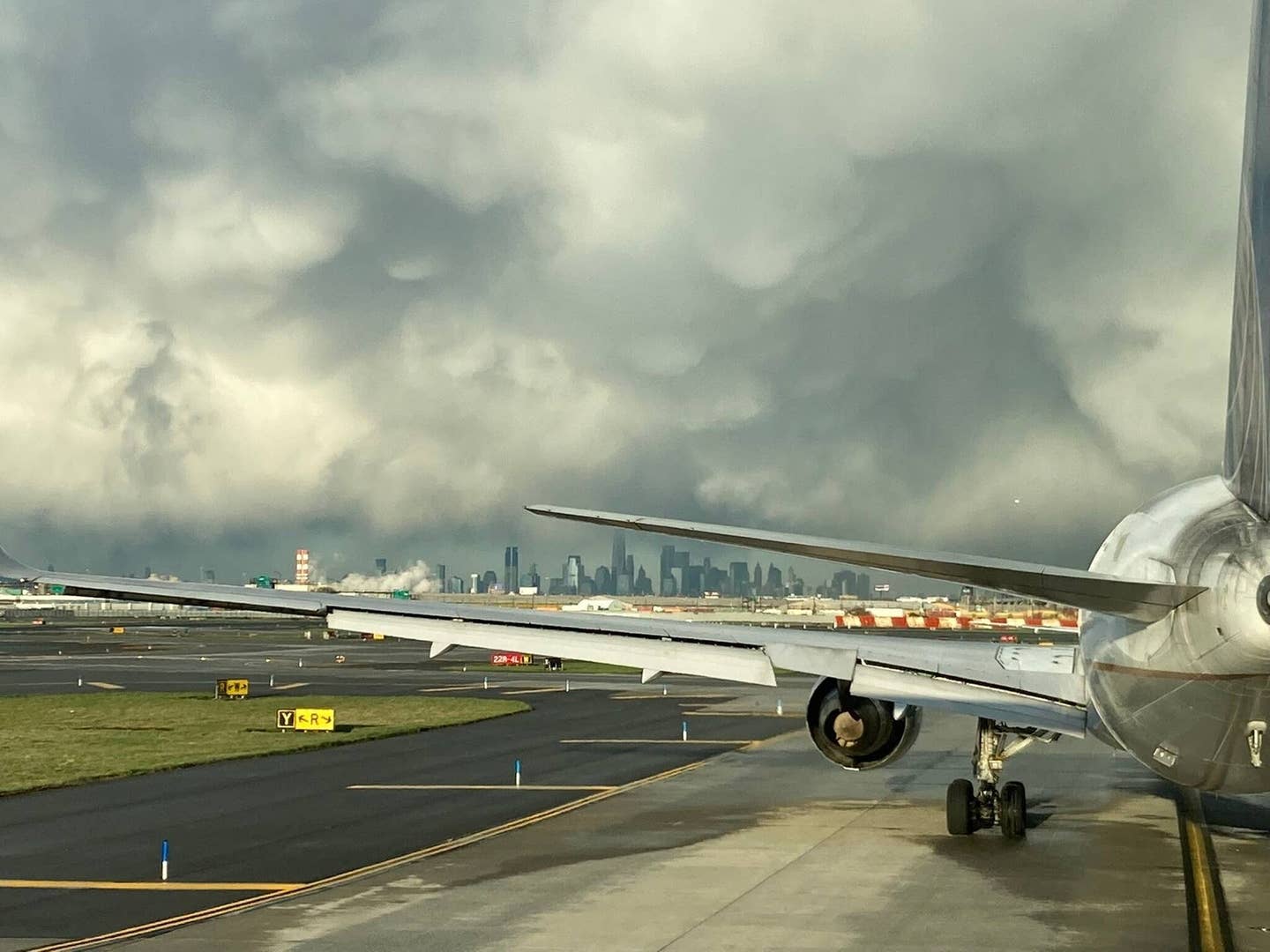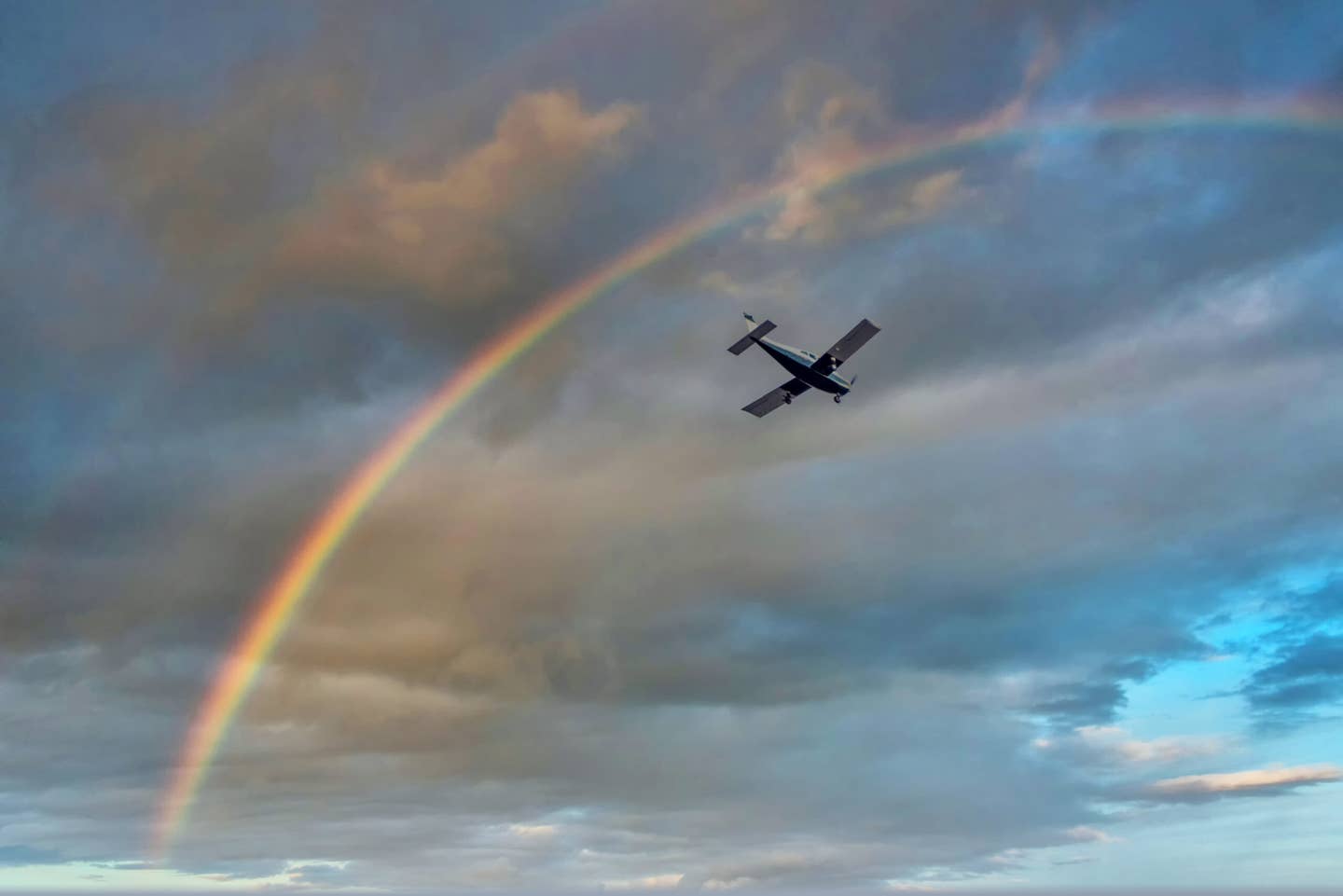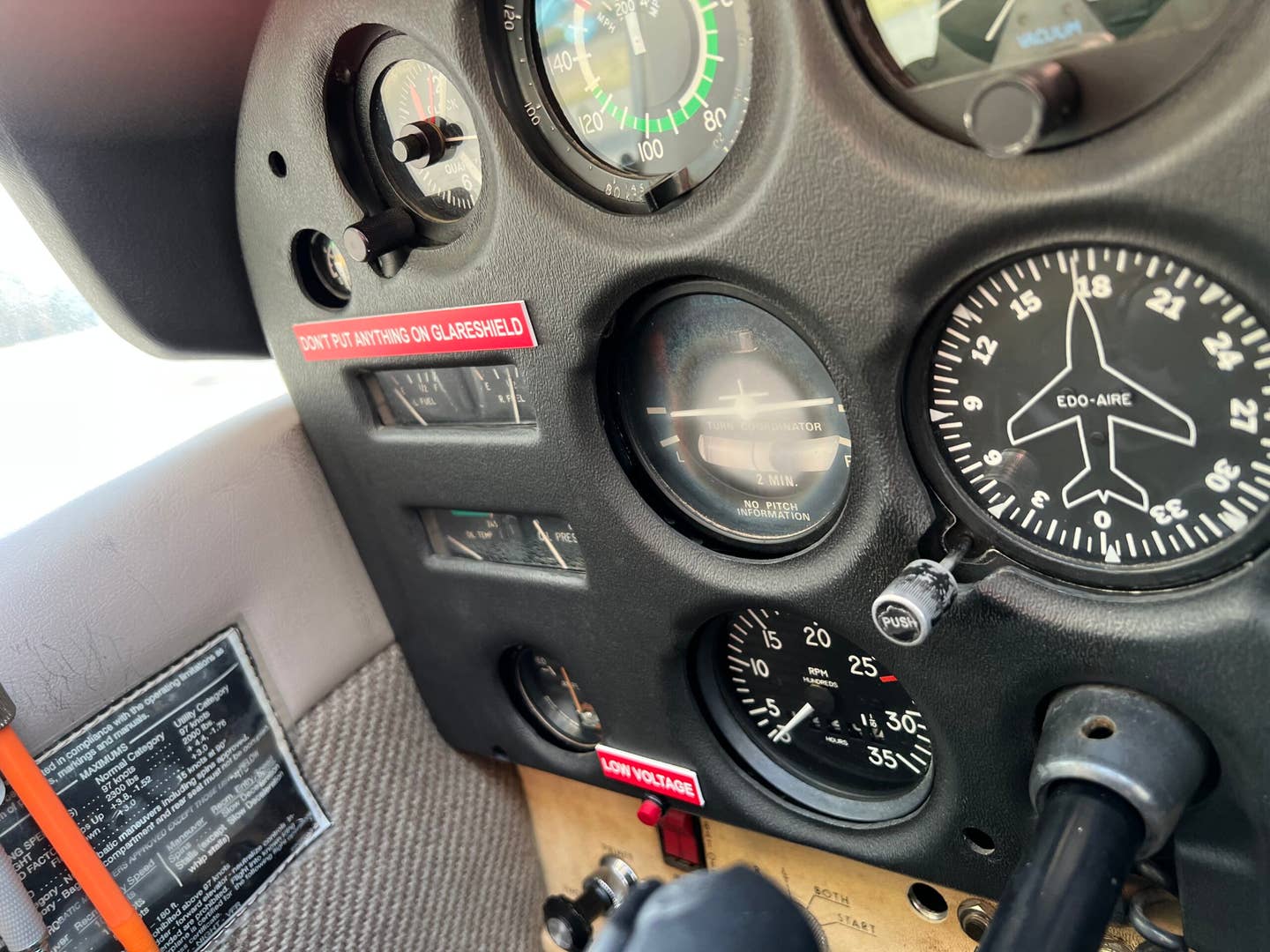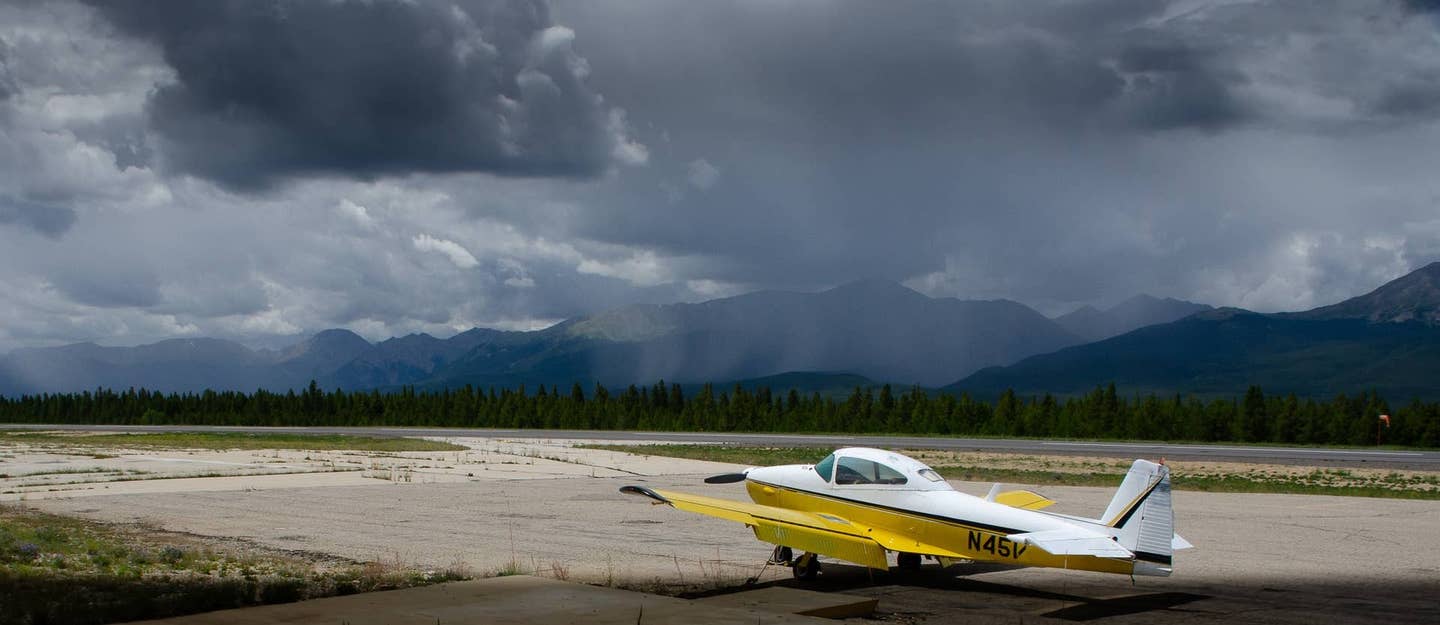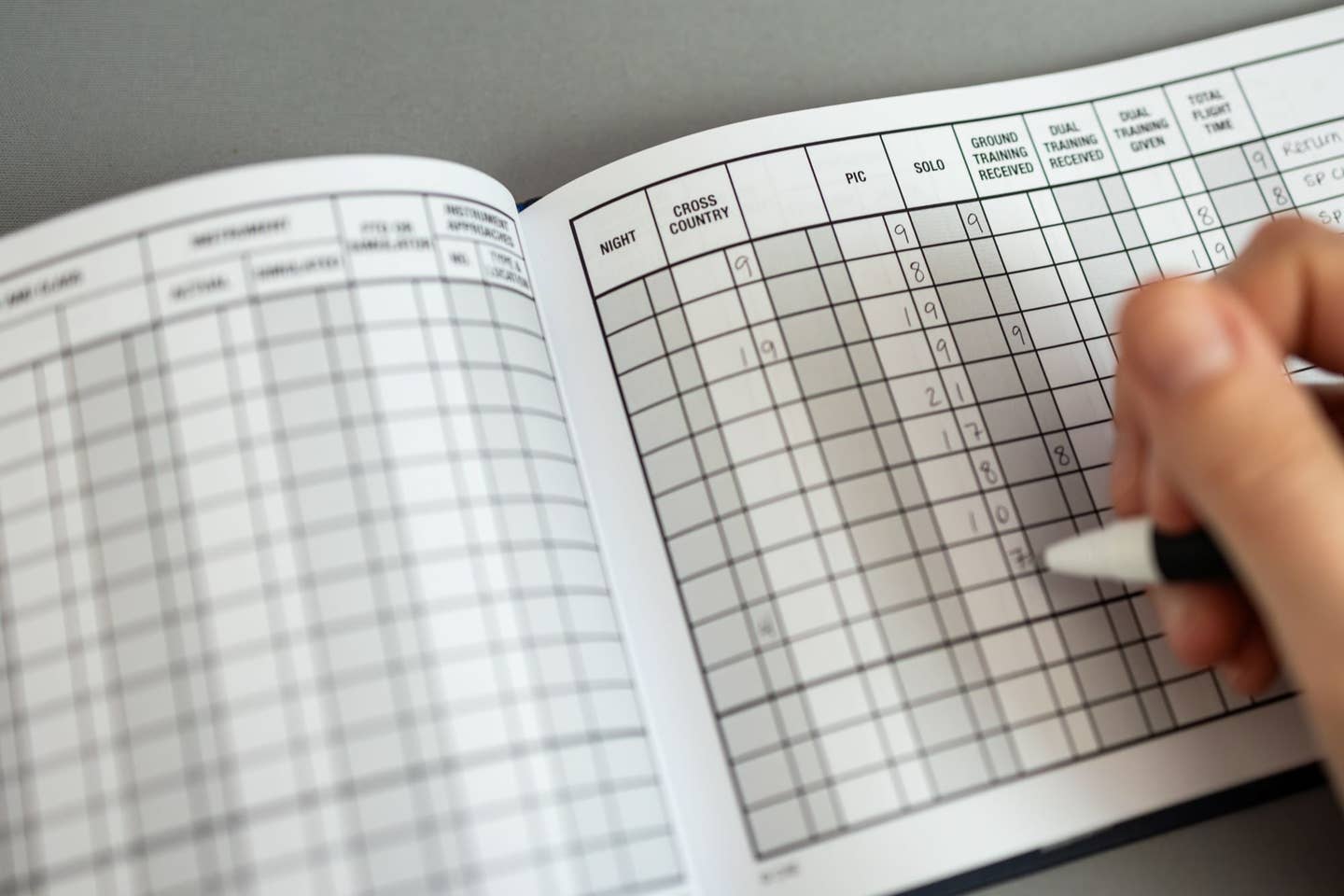
AmSafe airbag
You’ve probably experienced it yourself. A non-pilot friend or family member asks a question about flying that makes your head hurt as you try to think of how to respond. Of course, you don’t want to hurt your friend’s feelings (What’s the saying? There are no stupid questions, only stupid people who ask questions?), and as a de facto ambassador of aviation you know it’s your duty to at least try to provide a satisfactory answer.
Oftentimes, the questions are actually pretty good—it’s the explanations that are hard. And invariably the answers only lead to more questions.
Some examples:
Q.: Do you ever wear a parachute while flying?
A.: No, but some airplanes have parachutes.
Q.: What happens when you run out of gas?
A.: Um… the engine quits.
Q.: So that’s how a plane stalls?
A.: Huh?
Q.: Will using my Blackberry really cause an airplane to crash?
A.: Probably not. But you and 20 other airline passengers all using your Blackberries and iPhones at the same time on a dark and stormy night? Quite possibly, due to frequency intermodulation that can overlap in spectrums where they ordinarily shouldn’t, such as the GPS band.
Q.: What’s changed securitywise since 9/11?
A.: You know, I’m really not supposed to say.
Q.: Why doesn’t your airplane have windshield wipers?
A.: Well, you see… Did anyone ever tell you that you ask a lot of questions?
Not long ago a non-pilot friend asked something that he thought was kind of silly, but here again the answer led to an interesting discussion about flying that made us both think.
The question was: Do airplanes have airbags?
The answer, of course, is, yes, some do. In fact, seatbelt airbags produced by AmSafe of Phoenix have been installed in about 7,000 general aviation airplanes since they hit the market in 2003.
The obvious next question was, Do they do any good? That’s when my head started hurting. I assumed so, but how did I really know?
For the answer I went straight to the source: Bill Hagan, president of AmSafe Industries, which has been producing seatbelts and other safety devices for aircraft since 1955. He told me that the company’s OEM and retrofit airbag installations are thought to have saved 18 lives in crashes of piston-powered airplanes to date, and they'd probably save even more lives if more airplanes carried them.
This, of course, led to more questions:
Q.: How much does an airbag for a GA airplane cost?
A.: About $1,000 per seat for OEM installations and about $1,500 for retrofit purchase, plus the cost of installation.
Q.: How long does the installation take?
A.: About 8 to 12 hours
Q.: Do you need a multipoint safety harness?
A.: AmSafe sells 2-, 3- 4- and 5-point installation kits to meet just about any requirement.
Q.: How many airplanes have STCs for the installation?
A.: Hundreds of aircraft models built by Cessna, Cirrus, Diamond, Hawker Beechcraft, Mooney, Piper and others have STCs for the airbag retrofit. Visit www.gaairbags.com for a full list.
Q.: How does the airbag work?
A.: The airbag is stored in the lap portion of 2- and 3-point restraints and in the torso section of 4- and 5-point harnesses. When the sensors detect a forward impact force of 9Gs or greater, the airbag deploys up and away from the seated passenger and provides protection to the head, neck, and torso.
Q.: So a hard landing won’t cause the airbag to deploy?
A.: Absolutely not.
Q.: How often do you need to service the airbag and what does that cost?
A.: The service life of the electronics module and battery is seven years, at which time the unit can be overhauled by AmSafe and returned to service for another seven years. There is only one module per airplane and the cost to overhaul it is less than $500.
The question of whether airbag installations are worth the money gained renewed attention last week when the National Transportation Safety Board adopted a study suggesting that general aviation airplanes equipped with the safety devices can provide added protection in accidents involving survivable forward impacts.
The NTSB has made several recommendations to the FAA regarding the installation and use of airbags in aircraft, including calling for a detailed cost-benefit analysis.
“Although airbags have been mandated in automobiles for over a decade, the aviation industry has no such requirement for small aircraft,” noted NTSB Chairman Deborah Hersman. “The good news is that over 30 manufacturers have stepped up to the plate and offer airbags as standard or optional equipment.”
Airbags were first approved for use in the pilot and copilot seats in general aviation aircraft eight years ago. Cessna was the first to make them available in new airplanes, and since then there have been more than 18,000 seat installations in GA airplanes. However, Hagan said AmSafe has sold only a few hundred airbags for retrofit installations. “Basically, the problem isn’t one of cost, it’s about education,” he said. “We need to get the word out to general aviation pilots that airbags save lives.”
The NTSB’s recommendations should help. A study of 88 accidents between 2006 and 2009 involving airbag-equipped GA aircraft “found no instances where the airbag caused harm in properly restrained occupants,” the NTSB said. Rather, the study found that the airbag likely mitigated injuries for two occupants within a group of 10 accidents that involved crash forces strong enough to cause injury or deploy the airbag. The Safety Board also noted that no airbags failed to deploy, deployed unexpectedly, or interfered with rescue attempts.
As often seems to happen, this all leads to yet another question: Given the facts, would you want airbags in the airplane you fly?

Sign-up for newsletters & special offers!
Get the latest FLYING stories & special offers delivered directly to your inbox


